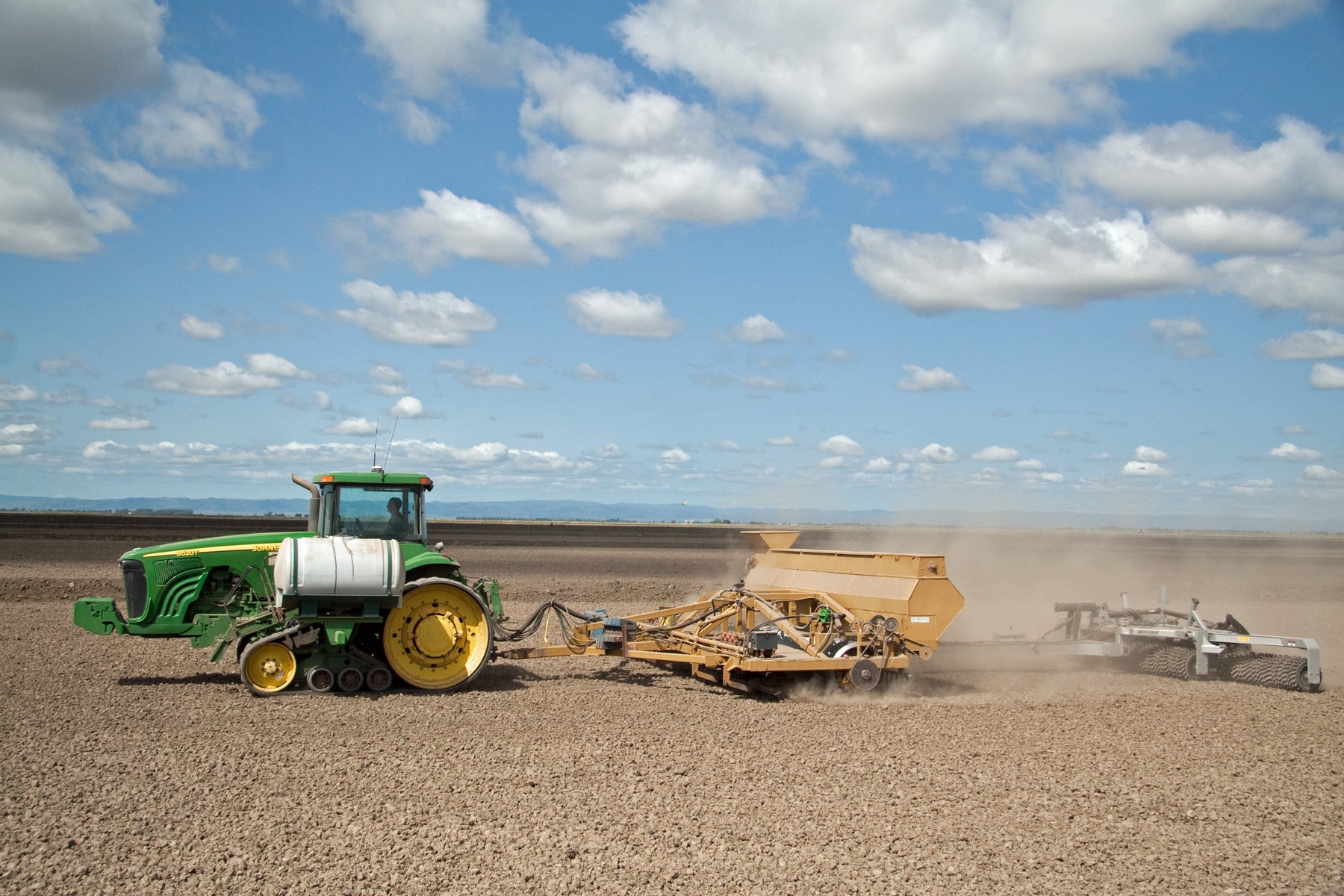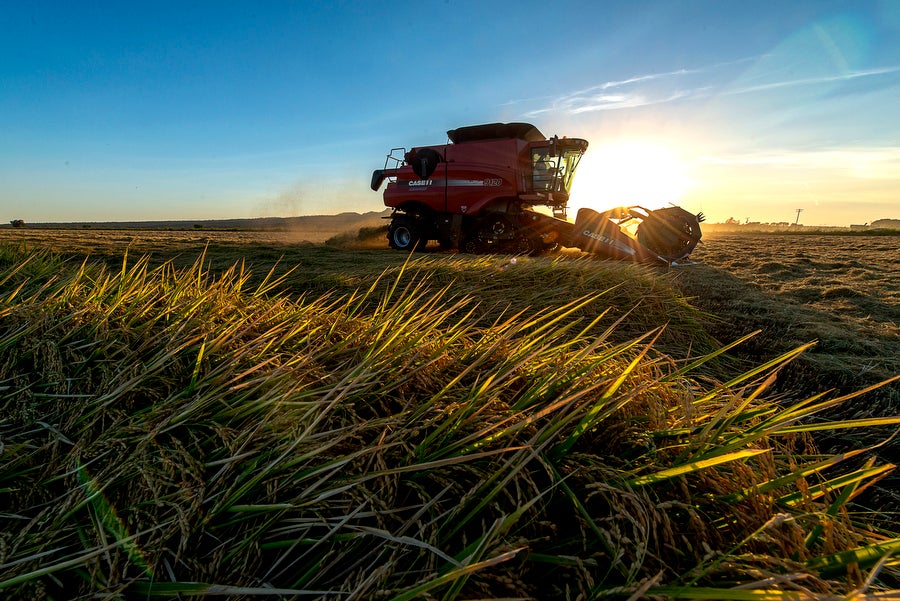There’s been a lot of recent attention on the California Air Resources Board’s (ARB) rice protocol, the first ever carbon offset protocol for crop agriculture in a compliance market.
The protocol, approved in June 2015, allows rice farmers who reduce methane emissions to become eligible for carbon credits through California’s cap-and-trade program, though growers from any rice-growing state can participate. The momentum is building. In less than one year, rice growers on more than 22,000 acres have expressed interest in the protocol – representing nearly 1 percent of all rice grown in the U.S.
When the first credits become available for purchase this summer, policymakers and regulated companies can have confidence in the rice protocol’s ability to improve climate stability, and growers can earn extra revenue, thanks to the sound science that measures emissions reductions. Here’s a primer. Read More











